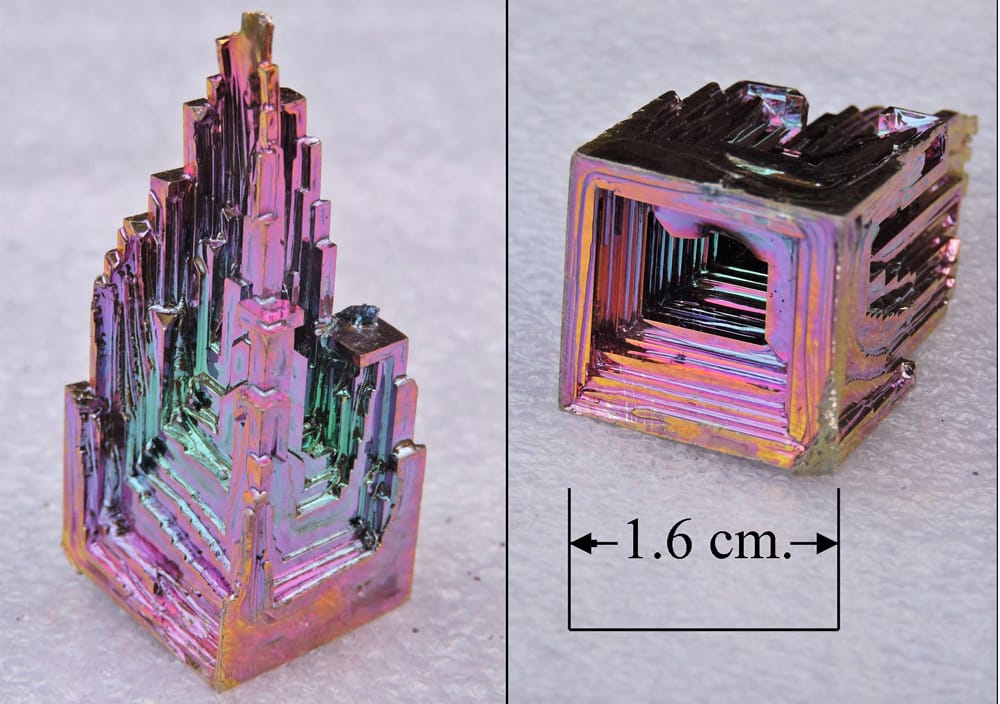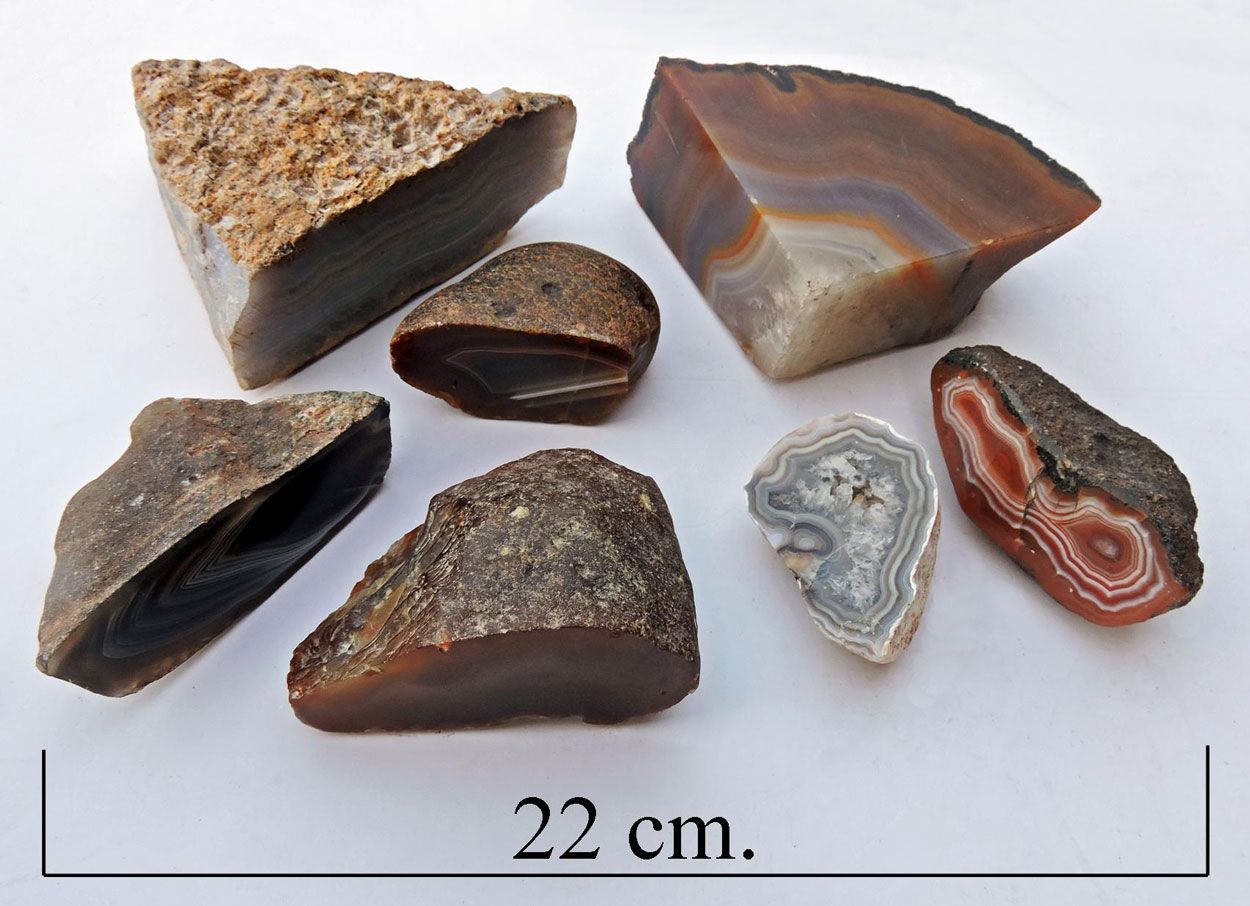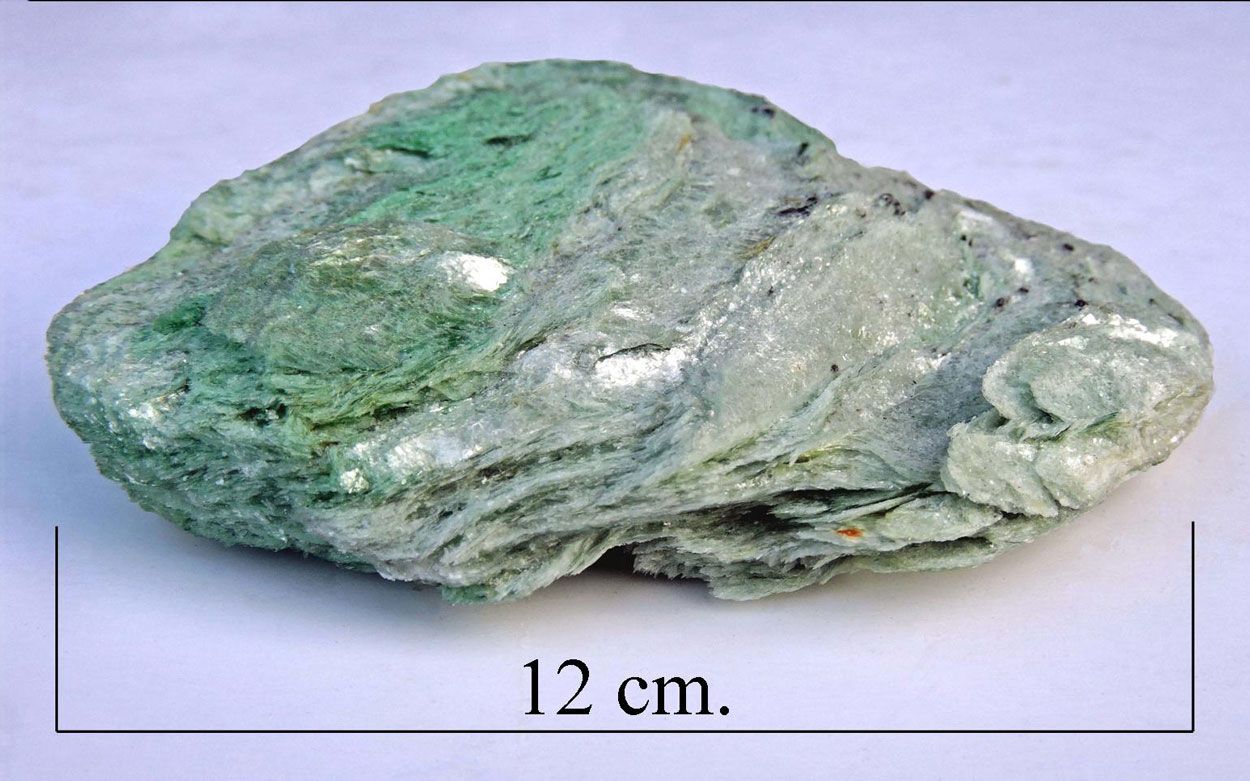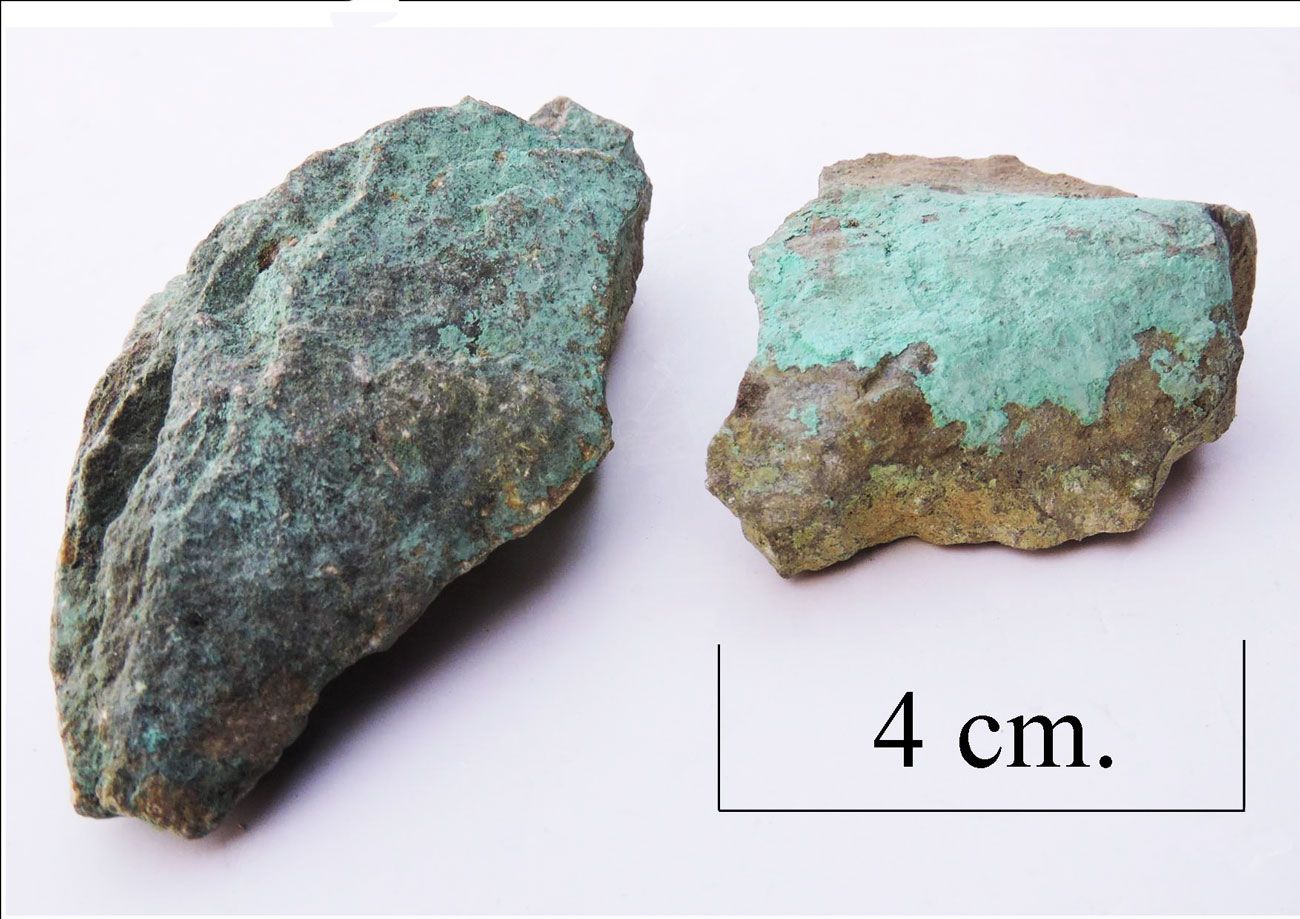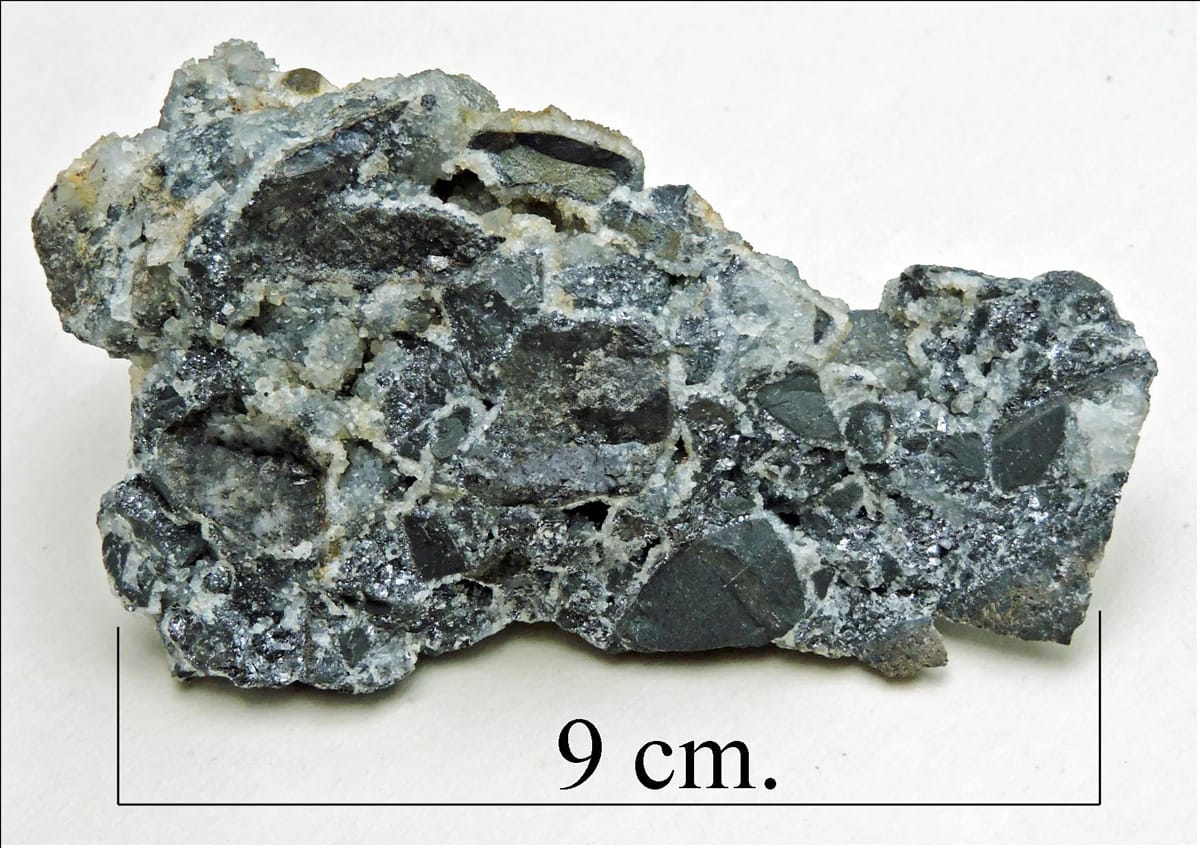
Brecciation hydraulic.
This rather small example of underground turmoil is the effect of Hydraulic brecciation, when shards of rock within a cavity implode into hot circulating silica rich fluid. Note the very angular shards of wall rock. There must have been some open cavities after the event, which allowed the cooling silica to grow in crystal form. This specimen came from Cafartha mine in the Central Wales orefield.
